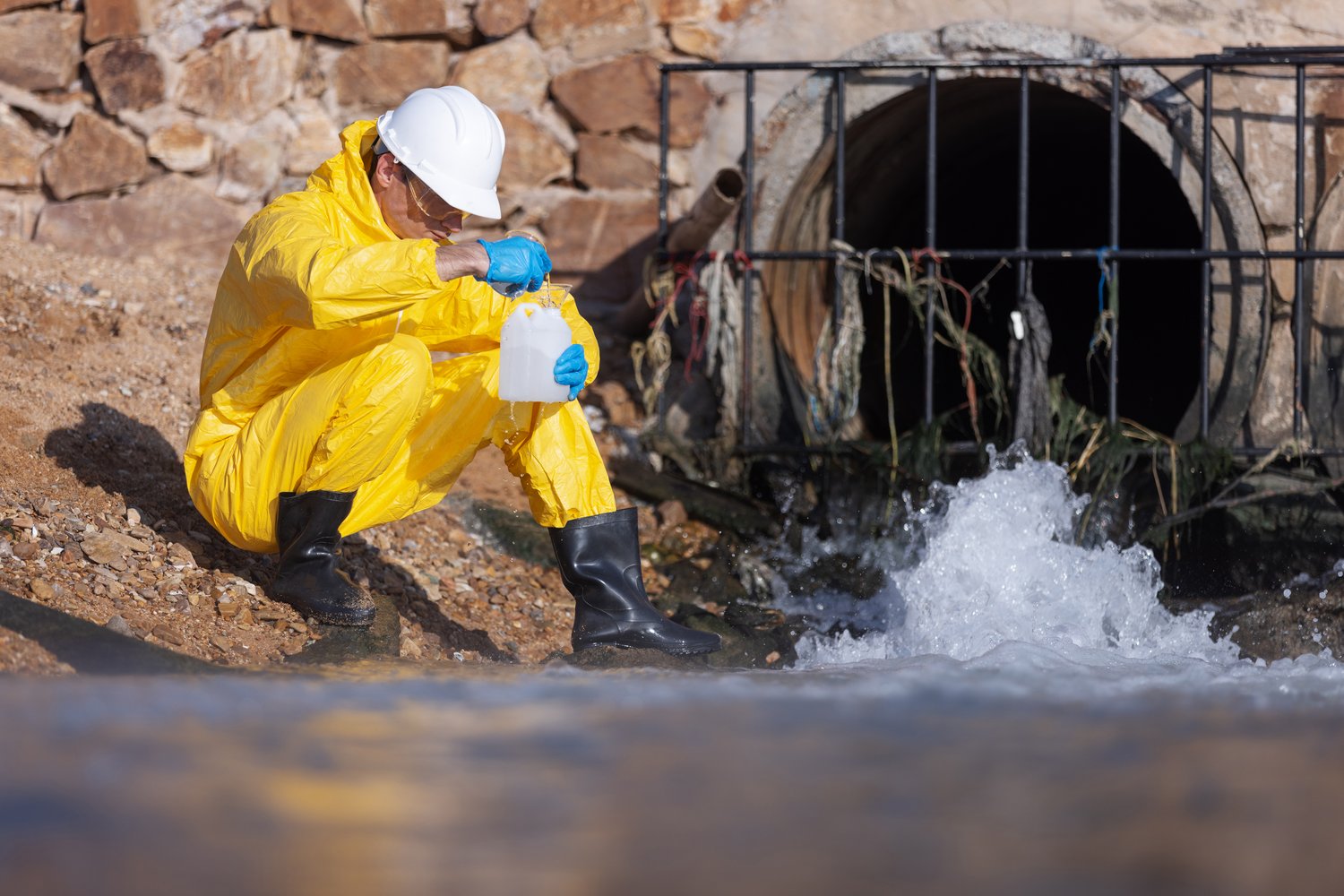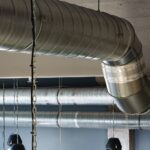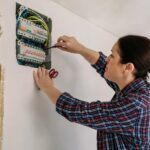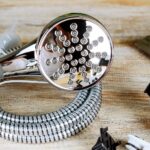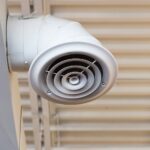A backed-up main sewer line is more than just an inconvenience; it’s a potential disaster that can wreak havoc on your home. But before you panic and dial your plumber, there are immediate steps you can take to address the issue. By equipping yourself with emergency solutions, you not only prevent further damage but also regain control over the situation, ensuring your plumbing system is restored swiftly and effectively.
- Recognizing the Signs: Unusual gurgling noises or mysterious sewage odors could be early indications of a backed-up sewer line.
- Immediate Actions: Learn critical first steps, like stopping water usage, to minimize damage before professional intervention.
- DIY Solutions: Discover safe do-it-yourself techniques that can alleviate minor blockages without causing harm.
- Hiring Professional Help: Understand when it’s crucial to call in experts for larger issues and what solutions they can offer.
By continuing with the article, you’ll gain insights into handling sewer line emergencies effectively, protect your home, and make informed decisions on when professional help is essential. Dive in to transform a plumbing nightmare into a manageable challenge.
Recognizing the Signs of a Backed-Up Main Sewer Line: Emergency Solutions
Identifying the early warning signs of a backed-up main sewer line is crucial for implementing timely emergency solutions. Acting quickly can help prevent substantial damage and avoid costly repairs. One of the primary indicators of a sewer backup is the presence of unusual gurgling noises coming from your pipes. These sounds often occur when air pockets struggle to escape due to blockage in the sewer line.
Another sign to look out for is slow drainage across multiple fixtures in your home. If you notice that your sinks, bathtubs, or showers are draining slowly simultaneously, it could indicate a problem with the main sewer line rather than individual blockages. Additionally, the appearance of sewage odors emanating from your drains is a telltale sign that requires attention. This foul smell suggests that wastewater is not flowing through the sewer system as it should.
Immediate Actions to Take Before Calling the Plumber
Before calling a professional plumber, there are several practical steps you can take to minimize damage from a backed-up main sewer line. First and foremost, stop all water usage within your home. This means avoiding the use of toilets, sinks, showers, and any other plumbing fixtures, as continuing to use water may worsen the issue.
Next, locate the main sewer cleanout to relieve pressure and potentially release some of the backed-up sewage. The cleanout is usually a capped pipe located outside your home or in the basement. Carefully remove the cap to allow any build-up to escape and provide a temporary solution to the blockage.
Once you’ve taken these immediate actions, it’s advisable to call a professional plumber to assess the situation and provide a lasting solution. Swift action can mitigate further damage and ensure your plumbing system is restored efficiently.
Do-It-Yourself Solutions for a Backed-Up Main Sewer Line: Emergency Techniques
Dealing with a backed-up main sewer line can be stressful, but there are several Do-It-Yourself solutions for a sewer blockage that you can try before calling a professional. One effective technique involves using a plumbing snake, a flexible tool designed to navigate through pipes and dislodge obstructions. It is especially useful for minor blockages where debris accumulation is the culprit.
Another approach is the application of chemical cleaners specifically formulated for drain cleaning. These chemicals can break down organic materials and clear minor clogs. However, exercise caution and ensure they are suitable for your specific plumbing system to avoid damage.
Consider attempting these DIY solutions for a backed-up sewer line when the issue seems manageable and there is no extensive overflow or property damage. Always wear protective gear and thoroughly read any product instructions to ensure safe usage. If these methods do not resolve the issue, it may be time to consult an expert.
Hiring Professional Help for Persistent Main Sewer Line Issues: Choosing the Right Emergency Solutions
When persistent sewer line blockages occur despite your best DIY efforts, it is vital to know when to hire professional services. Stubborn blockages, recurring clogs, or signs of severe damage like sewage backups suggest the need for expert intervention.
Professional plumbers employ advanced techniques such as hydro jetting, a method that uses high-pressure water streams to clean pipes thoroughly. This solution is highly effective in removing stubborn blockages caused by debris, grease, or even tree roots.
Additionally, video pipe inspection offers a non-invasive way to diagnose the problem accurately. A small camera is inserted into the sewer line, providing real-time visuals of the interior condition of your pipes. This allows for precise identification of blockages or damages and facilitates informed decision-making on the correct remediation strategy.
Choosing the right emergency solutions for sewer line issues ensures long-term system functionality and prevents future emergencies. Always opt for qualified professionals with a track record of reliable service for optimal safety and efficacy.
FAQ: Backed-Up Main Sewer Line Solutions
What are common signs of a backed-up main sewer line?
Look for gurgling noises, slow drainage in multiple fixtures, and sewage smells from drains.
What immediate action should I take before calling a plumber?
Stop water usage and locate the main sewer cleanout to minimize potential damage.
Can I use a plumbing snake myself to clear the blockage?
Yes, if you’re dealing with a minor blockage and have access to the proper equipment.
Are chemical cleaners safe for sewer line backups?
They can be risky; use them cautiously and only if instructions specifically state they are safe for sewer lines.
When should I call a professional for help?
If the blockage persists after DIY attempts or for serious issues requiring hydro jetting or video inspection.

